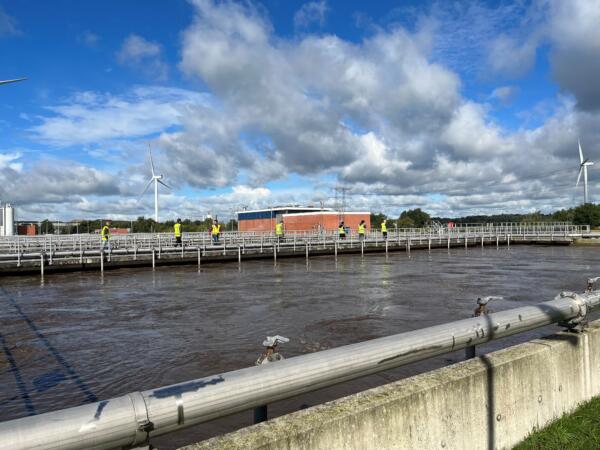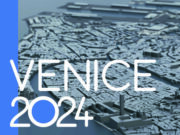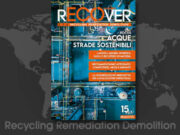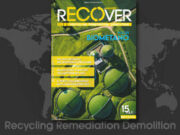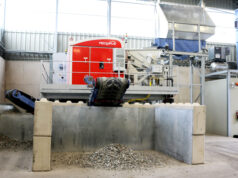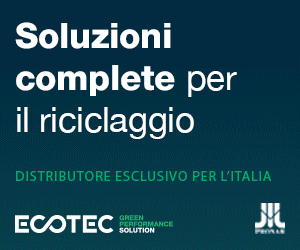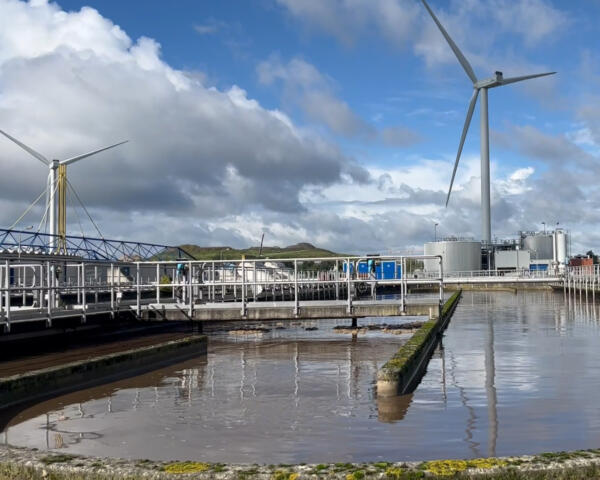
by Jack McGovan
Just north of the Dutch city of Tilburg, the Zandelij river winds through the landscape, filled with water from the nearby wastewater treatment plant. Such plants filter the water of everything from human waste, through to microplastics and pharmaceutical residues, so they’re vital infrastructure for protecting the environment and human health. Still, only 42% of rivers and streams in Europe are in good ecological health due to wastewater discharge.
With global emissions of greenhouse gases continuing to rise, the Earth’s water cycle is being thrown out of whack, putting water infrastructure – like wastewater treatment plants – under pressure. Intense rainfall, for example, can lead to blockages, breakages and overflow into the environment.
The EU funded DARROW project thinks they have a solution: AI tools
“AI tools allow the operator to be more efficient and perform a more optimised process within a plant. Errandonea’s work focuses on how AI tools can be developed to improve digitalisation across multiple sectors. The AI tools could help to better identify levels of pollutants in the water and therefore reduce the use of treatment chemicals” said Itxaro Errandonea, coordinator of the DARROW project and a researcher at CEIT-BRTA in San Sebastian, Spain.

Optimising processes within wastewater treatment plants with AI tools would, in addition to reducing treatment chemical use, make plants more energy efficient and help to prevent build-up in the system.
In the Tilburg treatment plant, which is where the DARROW project will be testing their AI tools, there are seven different steps before water can be released back into the environment. This ranges from the removal of solids, through to treatment with UV to kill bacteria.
The AI tools being developed are centred around enriching and augmenting the data available from sensors, laboratory measurements and operational data throughout the plant. Sensors measure, for example, the amount of water in the system, or the levels of particular chemicals and if there are anomalies those sensor measurements, they pick them up – AI tools will accelerate that detection process. In addition, AI-based tools are being developed to improve process control and provide recommendations on plant operation.
AI tools help to predict water quality
One of the key benefits is that the AI tools would be easier to use than current technologies.
“We believe that classic mathematical models that have been very helpful for optimising the operation of treatment plants are quite hard to use. We believe that with AI we can create tools that are easier for the end user” said Beñat Elduayen, a researcher at CEIT-BRTA who is also working on the DARROW project.
He adds that AI tools could help to predict water quality in specific operations that are difficult to describe using classic tools, such as, clarification. In that step of the treatment process, solids are removed by allowing them to settle on the bottom of the tank. Predicting the efficiency of this process, Elduayen says, is difficult to describe using mathematical models.
Developing new AI tools isn’t just about cleaning the water either.
“Wastewater treatment plants have been thought traditionally as places where pollution is removed, so we can discharge water in a safe way to waterways. For the last decade we have shifted the perception of wastewater treatment plants towards places where we can recover resources” said Elduayen.
Minerals like phosphorus and nitrogen, which are key components in fertilisers, can be collected. Sludge, which consists of organic matter removed from the water, can be broken down into biogas. The world’s largest nutrient recovery facility operates close to Chicago in the United States and it can recover around 85% of the phosphorus, and 15% of the nitrogen from wastewater streams. Research suggests that we could meet 22% of global phosphorus demand just by recycling the world’s domestic wastewater.
“AI can help us prepare for the transformation of wastewater treatment plants to water resource recovery facilities” said Errandonea.
AI issues: need of a large amount of data and distrust of the people
But developing AI tools isn’t as easy as clicking your fingers.
- In order for them to work, they need to be trained on large data sets, and that means collecting a significant amount of data. “For the development of tools based on artificial intelligence, it is necessary to have a large amount of high-quality data” said Errandonea.
- Another issue is that people have some distrust towards AI systems as they don’t necessarily understand how they work, even if they’re able to use them. As wastewater treatment plants are critical infrastructure, convincing people to adopt AI tools will be difficult, and so, Errandonea says, there needs to be a lot of transparency and education around them.
By 2050, the EU hopes to reduce pollution in water, air and soil to levels no longer considered harmful to human health or natural ecosystems. The EU announced that in May 2021 as deliverable of the Green New Deal – a policy package to bring about sustainable change in the bloc.
Though unlikely to solve all issues with wastewater treatment, Elduayen is hopeful that AI can play a part in wastewater treatment to reduce pollution levels. “AI is a very powerful tool, and I think that it can have its place in the industry” he said.
